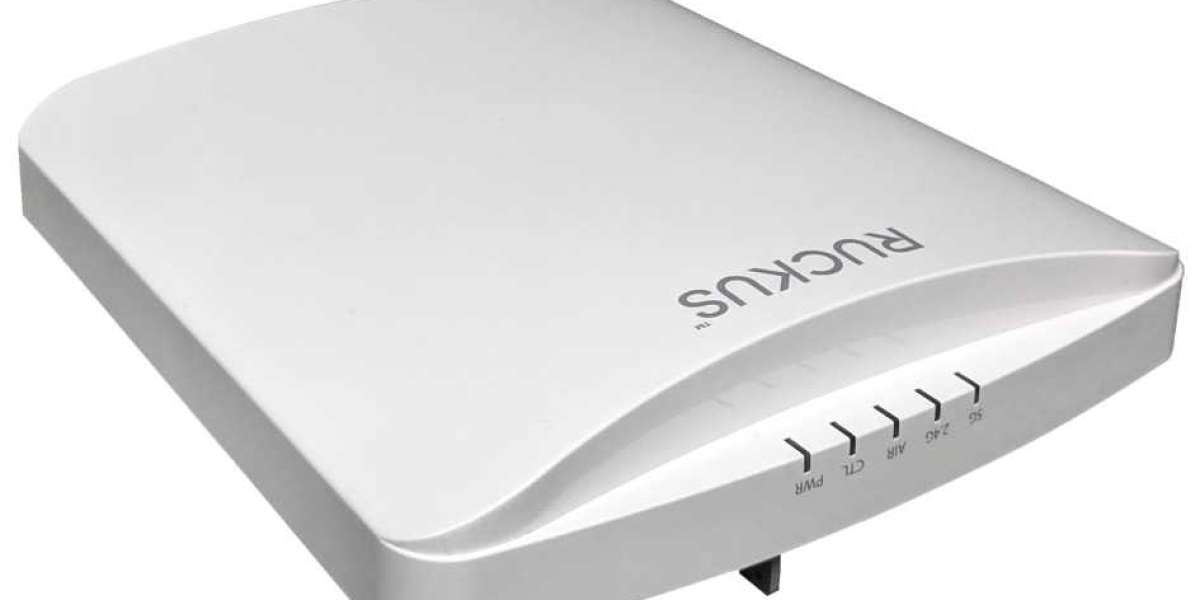Ever experience frustrating Wi-Fi dead zones in your home or office? Streaming that movie keeps buffering, video calls drop unexpectedly, and you find yourself constantly searching for a decent signal. Fear not, for Wi-Fi access points (APs) offer a powerful solution to extend your wireless coverage and eliminate those connectivity black holes. This guide will delve into the world of Wi-Fi access points, explaining their functionalities and how they can empower you to create a seamless and ubiquitous Wi-Fi experience.
Understanding Wi-Fi Access Points:
A wifi access point acts as a bridge, expanding the coverage area of your existing Wi-Fi network. Here's how it works:
Connection to Router: An access point connects to your main router, typically via an ethernet cable, and then broadcasts its own Wi-Fi signal, extending the reach of your existing network.
Multiple Access Points: You can deploy multiple access points strategically throughout your space to create a blanket of Wi-Fi coverage, eliminating dead zones and ensuring a strong signal everywhere you need it.
Seamless Roaming: Modern access points support features like mesh networking, allowing your devices to seamlessly switch between access points as you move around, maintaining a consistent connection.
Benefits of Utilizing Wi-Fi Access Points:
Here are some compelling reasons to consider Wi-Fi access points:
Eliminate Dead Zones: Say goodbye to frustrating signal drops and buffering. Access points extend your Wi-Fi reach to cover every corner of your home or office, ensuring a strong and reliable connection for all your devices.
Enhanced Network Capacity: With increased coverage comes increased capacity. Access points can handle more connected devices simultaneously, improving the overall performance of your network.
Improved Signal Strength: Access points boost the signal strength in areas where the main router's signal weakens due to distance or obstacles like walls.
Scalability: As your Wi-Fi needs grow, you can easily expand your network by adding more access points without having to replace your main router.
Flexibility in Placement: Access points offer greater placement flexibility compared to a single router. Position them strategically for optimal coverage, reaching those previously Wi-Fi deprived areas.
Choosing the Right Wi-Fi Access Point:
With a diverse range of access points available, consider these factors when making your selection:
Coverage Area: Evaluate the size of the area you need to cover and choose an access point with sufficient range.
Number of Devices: Consider the number of devices you typically connect to your Wi-Fi network to select an access point that can handle the load.
Supported Standards: Opt for access points that support the latest Wi-Fi standards like Wi-Fi 5 (802.11ac) or Wi-Fi 6 (802.11ax) for optimal speed and performance.
Features: Some access points offer additional features like mesh networking capabilities, guest network options, and parental controls.
Conclusion:
Wi-Fi access points are a powerful tool for conquering Wi-Fi dead zones and creating a robust and reliable wireless network throughout your home or office. By understanding their functionalities, benefits, and choosing the right access point for your needs, you can pave the way for a frustration-free and ubiquitous Wi-Fi experience. So, unleash the power of Wi-Fi access points and transform your space into a zone of seamless connectivity, ensuring a strong and reliable signal for all your online endeavors.
For more info. visit us:













